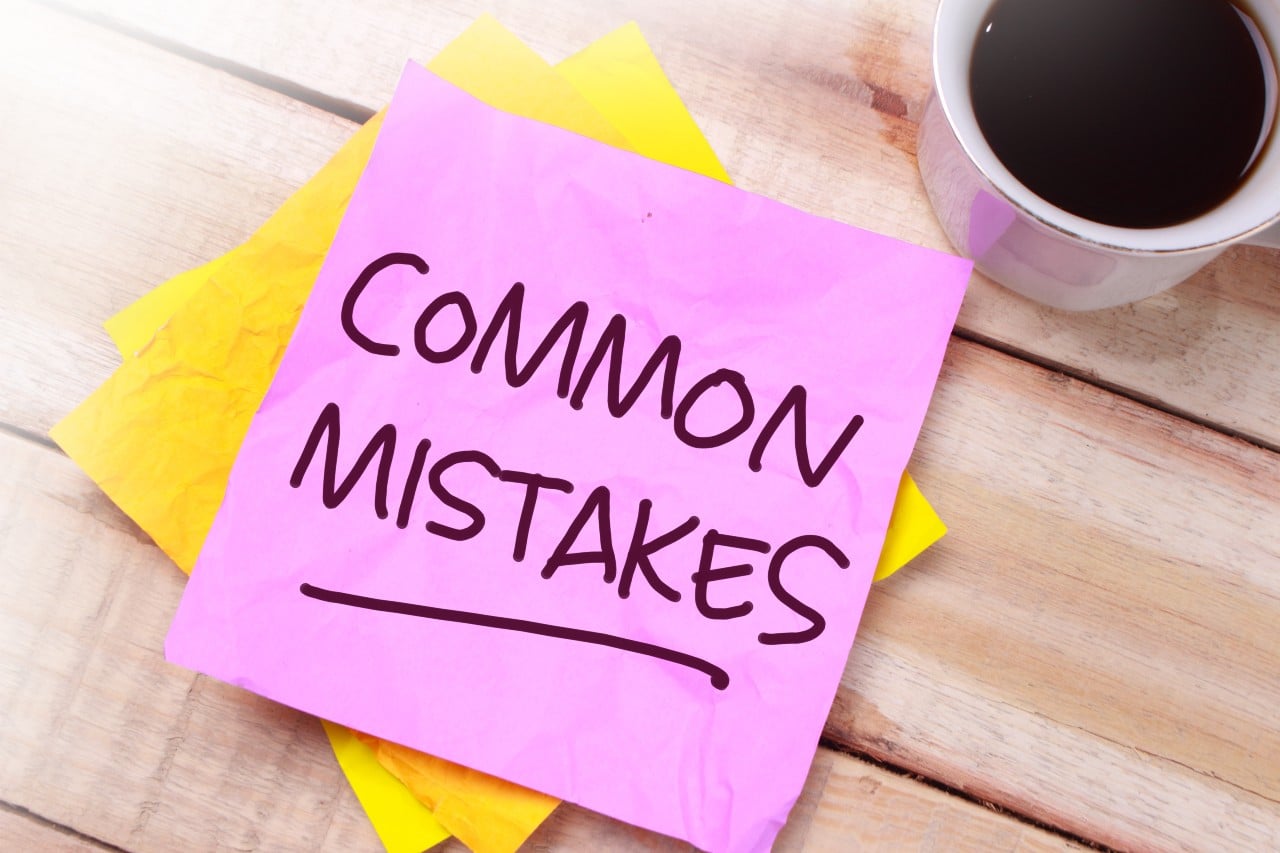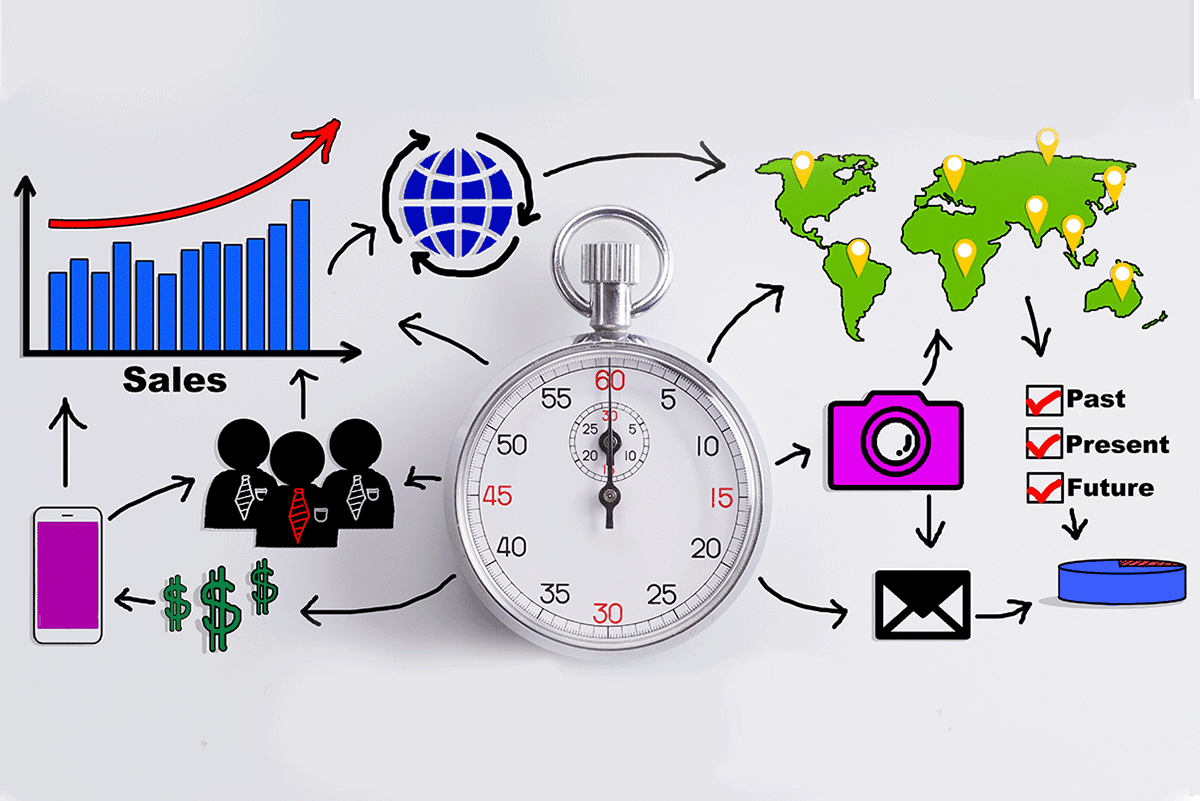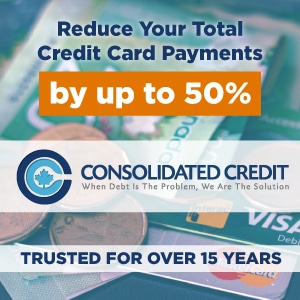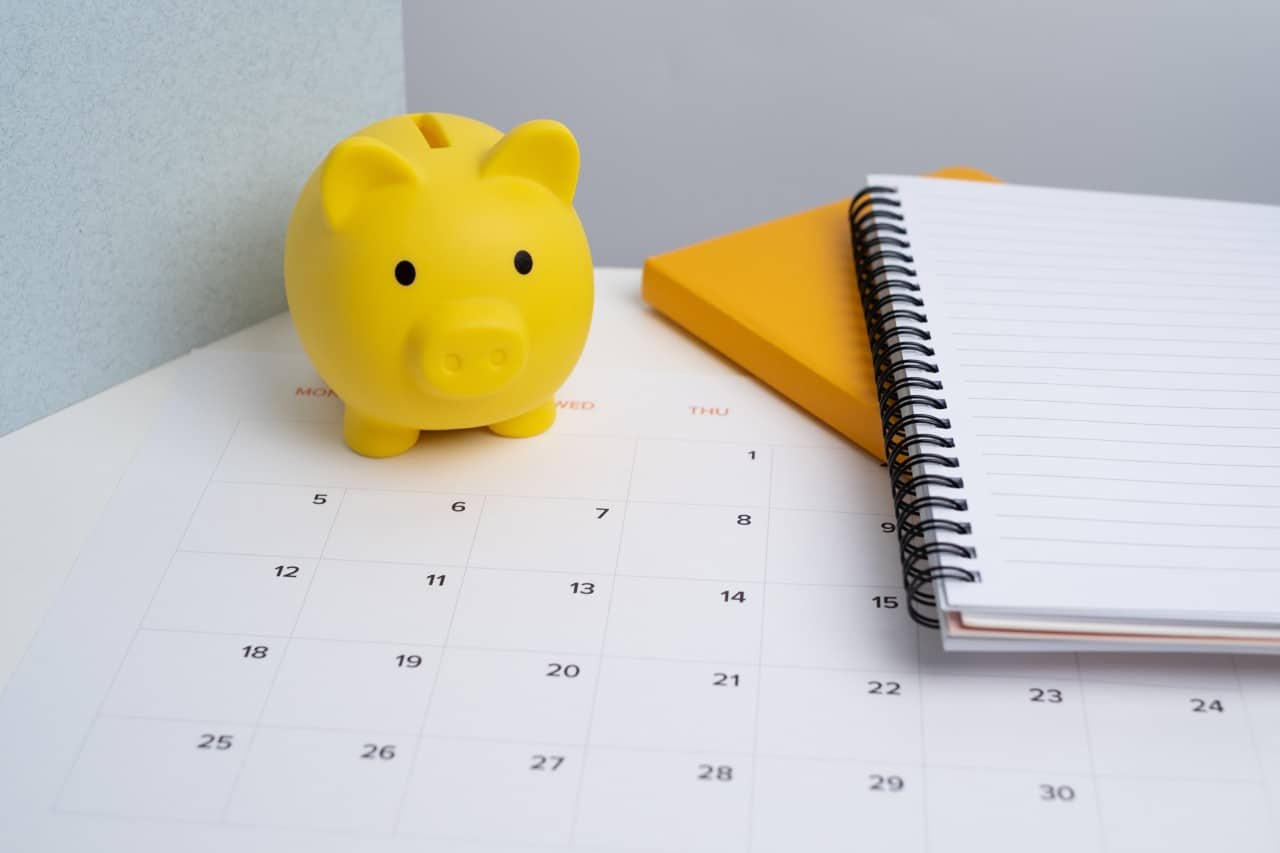The word budget tends to make people tense and think about all the restrictions a budget would mean for them. The truth is that a personal budget doesn’t have to mean rigid rules, and never spending on things you enjoy. In fact, the opposite is true. A plan for your money is all about telling your money where to go so you can spend money on the things you enjoy! There are many ways and budgeting methods to do this. One of the lesser-known ones is reverse budgeting. A reverse budget helps you save money, build an emergency fund, and still enjoy discretionary spending.
Before we dive in, here’s some budgeting real talk: People who use a budget often report better money outcomes. A long-term study by the Financial Consumer Agency of Canada found that those who kept a budget were much more likely to meet their financial commitments. Who wouldn’t want those results?
So, let’s explore reverse budgeting!
The reverse budgeting difference
The OG way
Income minus Expenses = money for investing and your financial goals.
This OG way of budgeting is impactful, but it doesn’t prioritize our financial goals. It can hold us back from seeing opportunities to reduce expenses.
The reverse budgeting way
Income minus money for investing and your financial goals = money for expenses.
Instead of starting with all your expenses and trying to fit your income to them, you start with what matters most, your goals. You decide how much to put toward savings and financial goals first. Then you use what is left to cover bills and other needs. This can lead to finding creative ways to reduce spending and expenses to fit them into what’s left after we’ve funded our goals.
When you boil it down, it’s the pay yourself first way to budget that prioritizes your goals and values!
How to get started with reverse budgeting
Review (or determine) your financial goals
If you’re new to setting goals, start with a shorter-term goal, or a goal you’d like to achieve in the next 6-12 months. Then break the goal down into smaller chunks.
How much do you have to save each month to reach your savings goal?
How much do you need to pay towards your debt to hit your debt repayment goal?
Gather the numbers
Calculate your income
Add up your total net income each month. This is the income you get after income tax and other withholdings. Don’t forget to include any monthly government benefits, like the Canada Child Benefit. If you have a variable income, start with a lower number to help set yourself up for success.
Calculate your expenses
Break your expenses down into categories:
Fixed expenses
These are consistent items. The timing of when they are due, or their payment frequency, doesn’t change. Some vary, like utility bills, but many are the same each month. Examples: rent, cell phone bills, and credit card payments.
Variable essential expenses
These are essential living expenses that lack consistency. Reviewing the last 1-2 months of spending can help you determine where to start with these numbers. Examples: groceries, gas and personal care items.
Variable discretionary spending
This category covers non-essential spending. It can also include personal spending money, which can be helpful if you have joint finances with a spouse or partner. Examples: restaurant and entertainment.
Short-term savings (aka sinking funds)
Items in this category are expenses that we know will come, but we don’t know exactly when or how much they will be. Saving a little bit each month to pay for items like vet bills or car repairs can significantly reduce your financial stress when they do happen.
Crunch the numbers
Take your income, subtract your savings goal number(s), and then subtract all your expenses.
If you’re left with a surplus, congratulations! Review your budget and make adjustments to give all your dollars a job. I may be biased, but I’m a fan of adding more to your goals.
If you end up with a shortfall, don’t worry; knowing means you can do something about it. Review all of your expenses for items you can reduce. Don’t limit yourself to reducing your variable expenses; there are opportunities to reduce your fixed expenses too, like contacting your cell phone provider to negotiate your bill, or taking steps to reduce your utility bills, like adjusting your thermostat settings. Alternatively, you can look at increasing your income.
Keep the momentum going
A clear plan is a huge step, but too many folks build a plan and don’t take the next steps. Two things to help motivate you to take the next steps:
Automate your goals
Set up automatic payments to debts or transfers into savings on payday. You could even ask about having your deposit split up through your payroll department to have the money deposited directly into your savings account.
Don’t stop
Managing your money is a forever thing. Having your savings goals automated is great, but finding systems to help you keep a consistent eye on your cash flow is also important. You can use a physical budget planner or other budgeting tools, like apps or spreadsheets. Review every month or pay cycle and tweak it as needed.
Tips to stay on track
Celebrate your wins
Celebrating your successes can help keep you motivated. Build in rewards for your wins that align with the size of the win. When you hit your monthly budget, celebrate with a visit to your favourite coffee shop. When you smash your 6-month savings goal in 5 months, the reward may be a ticket to an upcoming concert!
Revisit your numbers
Update your financial plan when your income or financial goals change. Being intentional with your income increase can help you avoid letting poor spending habits and increased discretionary spending make it disappear.
Consider income taxes
Paying attention to income tax is especially important if you are self-employed, but it’s also beneficial for those not self-employed. Employees who regularly get a larger tax refund can adjust their payroll deductions to have more for their goals each month.
Location, location, location
Your emergency fund should be in an accessible bank account, so you have it available when you need it.
Wrap-up
There are lots of ways to budget. The important thing isn’t what budgeting system you choose. The best one for you is the one that you actually use. If you haven’t found your best budgeting method yet, give reverse budgeting a try; it might just be the one that sticks. If debt has piled up because you haven’t found the budgeting style that works for you yet, we can help. Talk to one of our trained Credit Counsellors for a free consultation on what debt-relief options are available for your situation.










